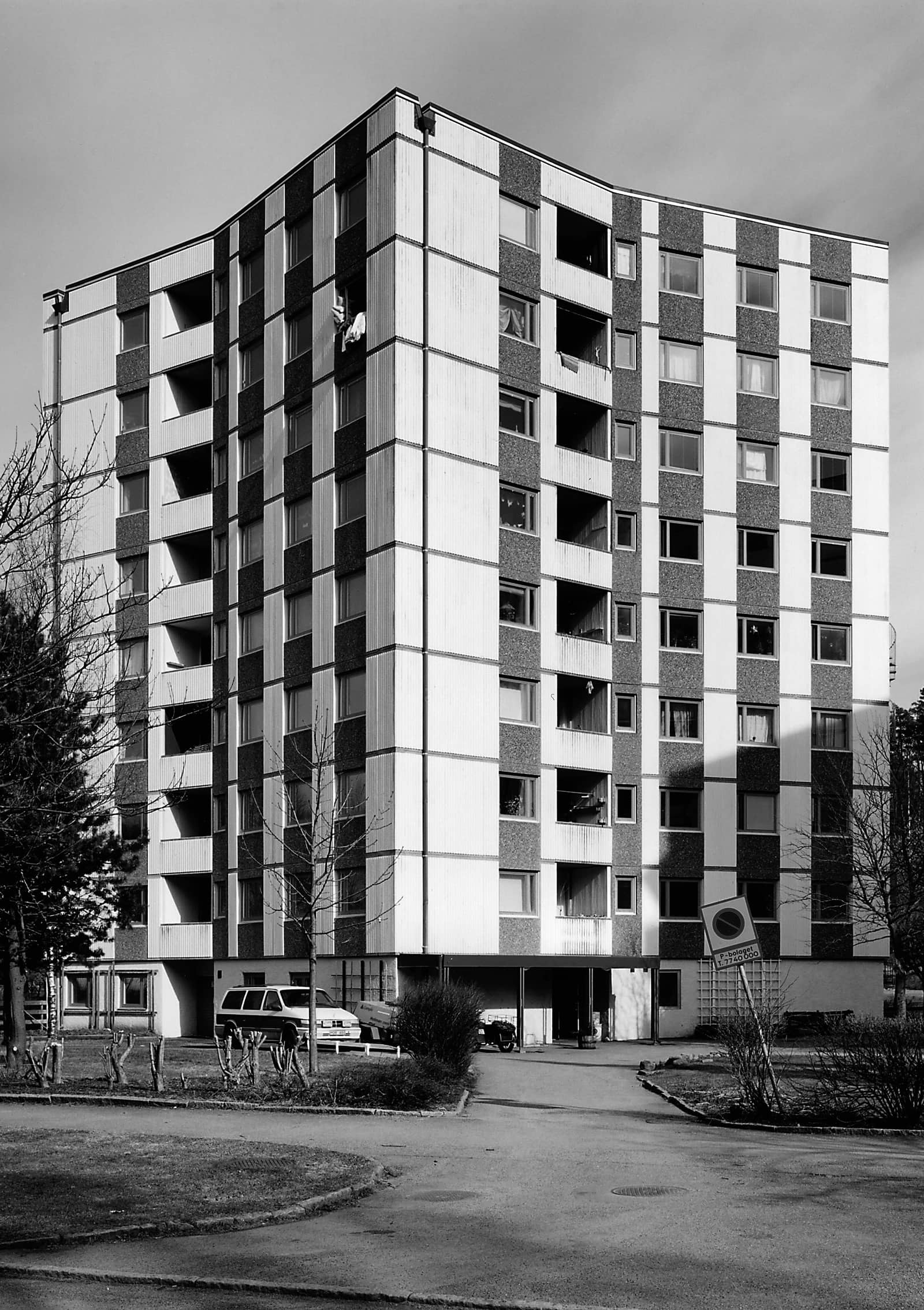the Swedish model
Downloads
DOI:
https://doi.org/10.52200/65.A.78U9KN9VKeywords:
Modern Movement, Modern architecture, Modern housing, Post-war housing, Welfare architecture, Mass housing, Collective housing, Swedish modern architecture, Kollektivhus, Co-housing, Hässelby Family Hotel, Carl-Axel Acking, Kollektivhuset Trädet, hsb architects, Kollektivhuset Stacken, Lars ÅgrenAbstract
Today there is a new wave of co-housing internationally. Co-housing is here understood as collaborative housing, based on collaboration between residents on cooking and house maintenance, a new phenomenon since the 1980s. Sweden has a tradition since early modernism of kollektivhus, collective houses, in multi-family dwellings with employed staff managing household work. In Sweden today there are only some 40 true kollektivhus or co-housing projects, while ordinary Swedish postwar multi-family dwellings have common facilities that potentially would make them co-housing. Co-housing is often seen as a sustainable house form, but a problem is that they mainly reach middle-class residents.
How to Cite
Published
Issue
Section
Plaudit
References
CALDENBY, Claes, WALLDÉN, Åsa, Kollektivhus: Sovjet och Sverige omkring 1930 [Collective houses: Soviet and Sweden around 1930], Stockholm, Byggforskningsrådet, 1979.
CALDENBY, Claes, WALLDÉN, Åsa, Kollektivhuset Stacken [The collective house the Ant-Hill], Göteborg, Bokförlaget Korpen, 1984.
GRESLERI, Jacopo, Cohousing: Esperienze internazionali di abitare condiviso, Busalla, plug_in, 2015.
HAGBERT, Pernilla et al., Contemporary Co-Housing in Europe: Towards Sustainable Cities?, London, New York, Routledge, 2020.
HILLIER, Bill, HANSON, Julienne, The Social Logic of Space, Cambridge, Cambridge University Press, 1984.






